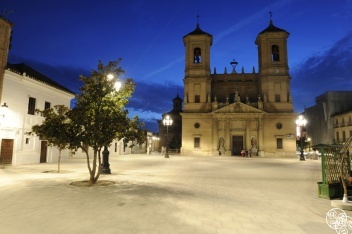Agrón
Agrón is a town that dates back to the Muslims’ rule over southern Spain. The town didn’t develop until many centuries later when Spanish settlements started to emerge after the Reconquista.The village was also home to the Franciscan missionary Fray Luis de Paredes who was martyred in India towards the end of the 16th century.




